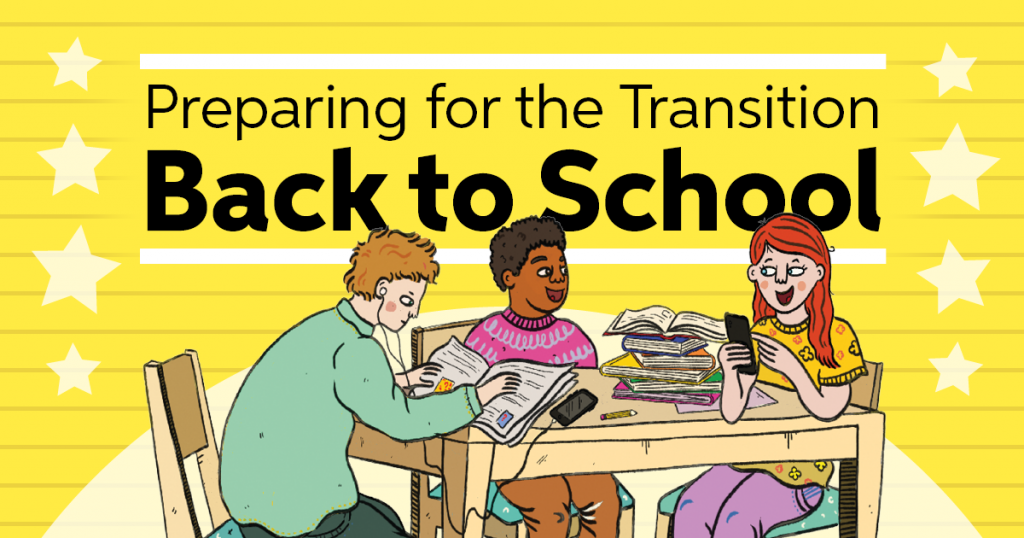
Back to school – helping children feel comfortable with the transition
We may not yet be able to gauge the full impact the lockdown has had on children’s well-being, but we can anticipate that the long time away from school, friends and teachers, may leave some children feeling disorientated, socially anxious and uncertain as they change their schedules and return to the classroom.
This may particularly be the case for neurodiverse kids, who often face more complex learning challenges and can benefit from different teaching approaches and resources to nurture them through transitions.
Browse some of our resources below for helping young learners with calming anxiety and catching up ready for going back to school.
Managing Feelings for Kids/Teens:
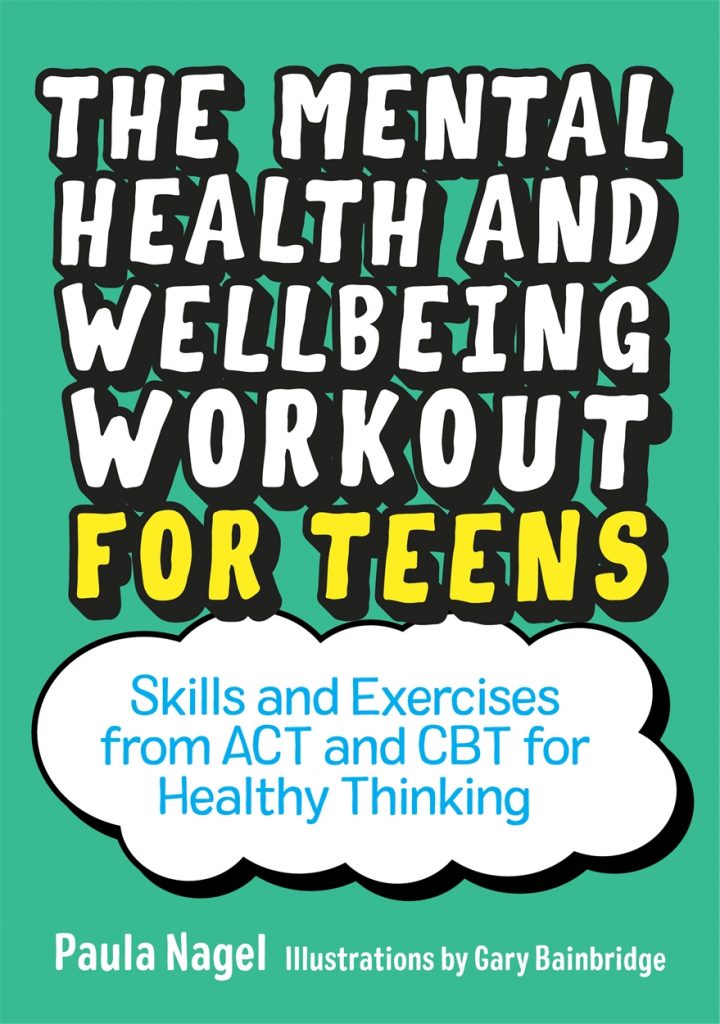
The Mental Health and Wellbeing Workout for Teens is an accessible, engaging how-to guide for building a personalised mental health ‘workout’. Includes tried and tested therapeutic techniques, simple strategies and healthy thinking habits teenagers can use to boost their mental health fitness and emotional wellbeing.
Learn More
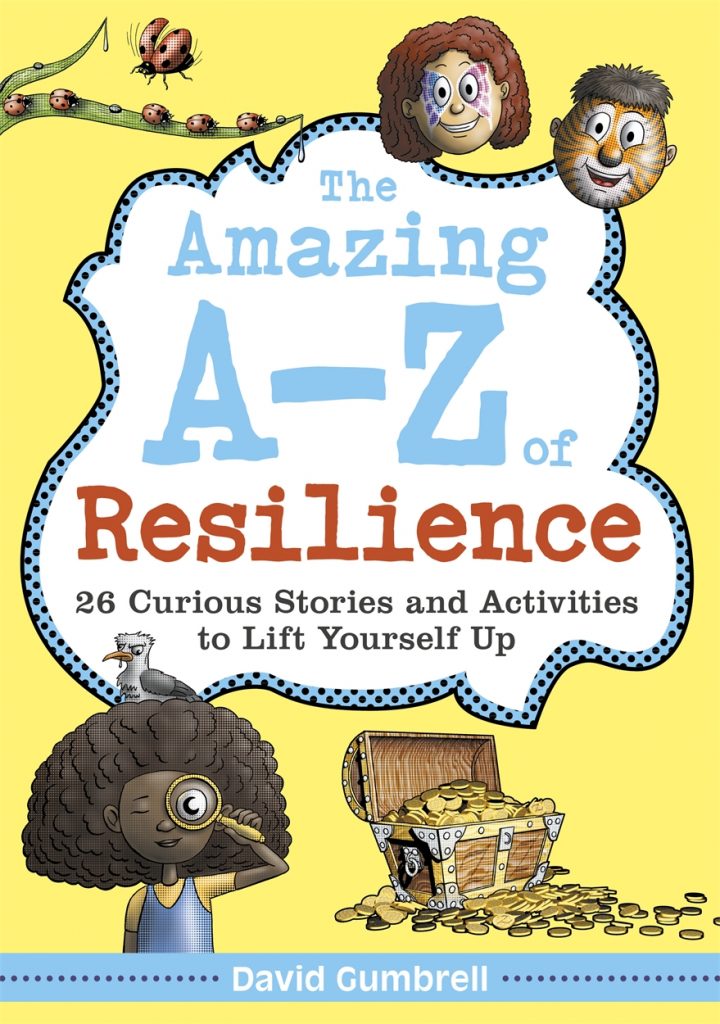
The Amazing A-Z of Resilience by David Gumbrell is a fun illustrated alphabet book which creates discussion on mental health with children aged 8-12 in an innovative, interactive way. Each letter provides an activity for the child which links to wellbeing, and the section for adults explains how to use these to start conversations on resilience, feelings and mental health.
Learn More
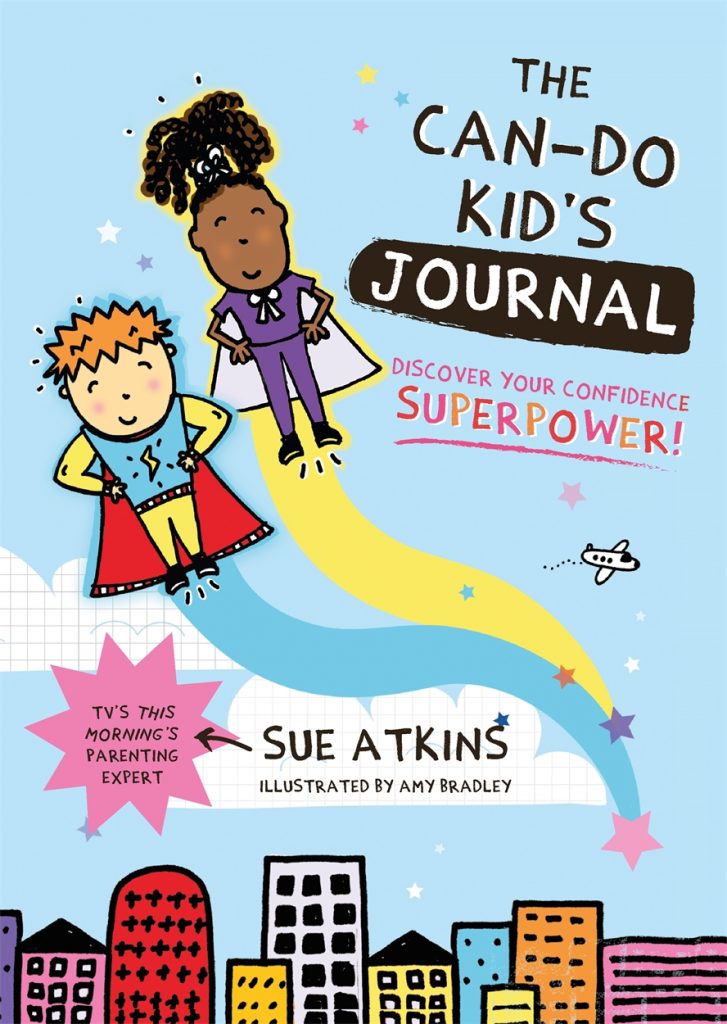
The Can-Do Kid’s Journal by Sue Atkins is full of tried-and-tested activities and strategies that will empower children aged 7-11, this illustrated journal is perfect for developing resilience, confidence and a growth mindset. It offers kids a multitude of small changes they can make that will make a big difference in their day-to-day lives.
Learn More
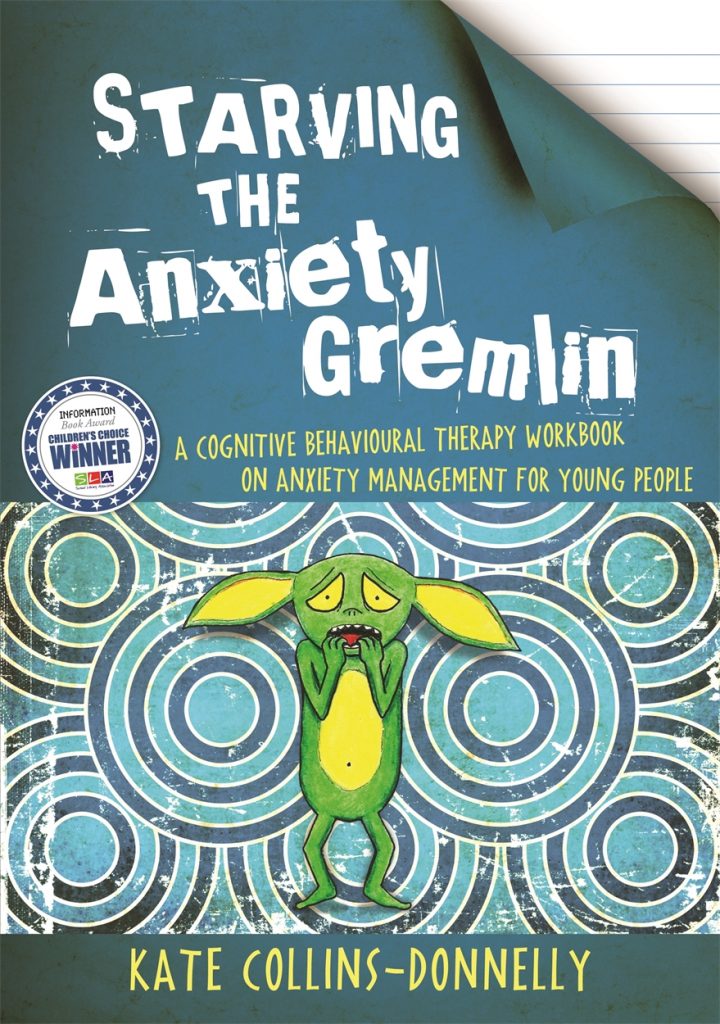
Starving the Anxiety Gremlin by Kate Collins-Donnelly is an engaging workbook that helps young people aged 10+ understand and manage anxiety. Based on cognitive behavioural therapy principles, the activities will help young people understand why they get anxious and how to use simple, practical techniques to manage and control their anxiety. Suitable to work through alone or with a parent or practitioner.
Learn More
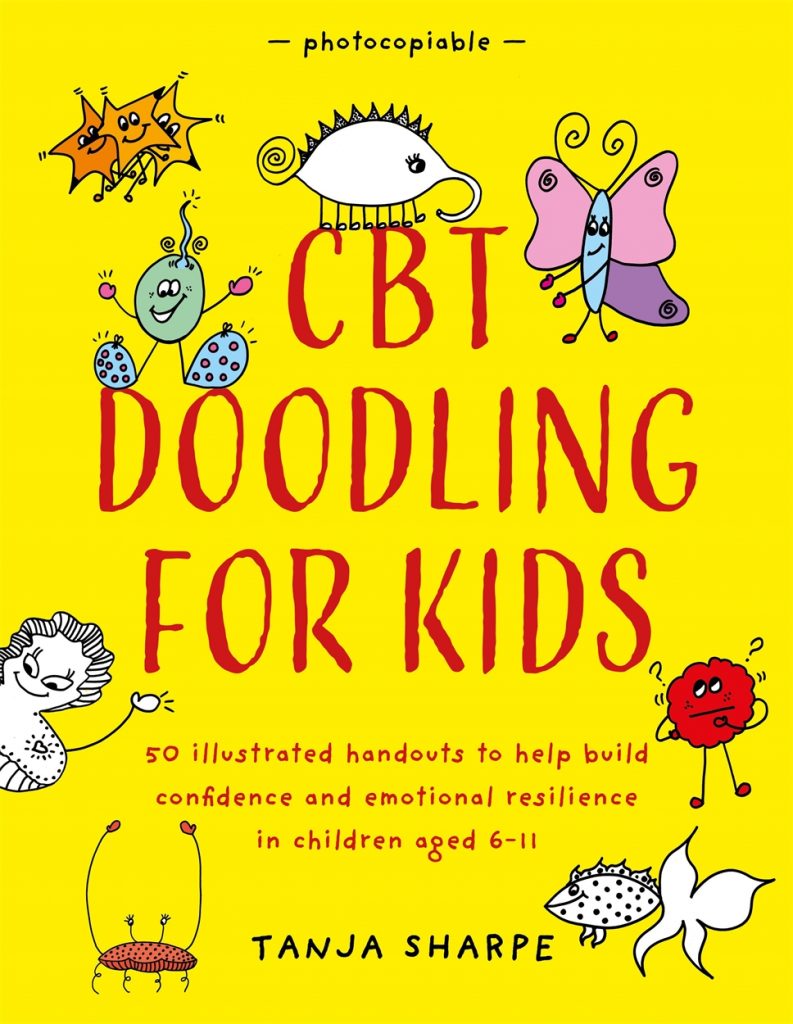
CBT Doodling for Kids by Tanja Sharpe is
an interactive illustrated workbook for professionals working with children aged 6-11. Unique exercises engage children, boost their confidence and help open up conversations when children are struggling to verbalise their thoughts or emotions. This photocopiable book will be an invaluable creative toolkit for professionals working with children.
Learn More
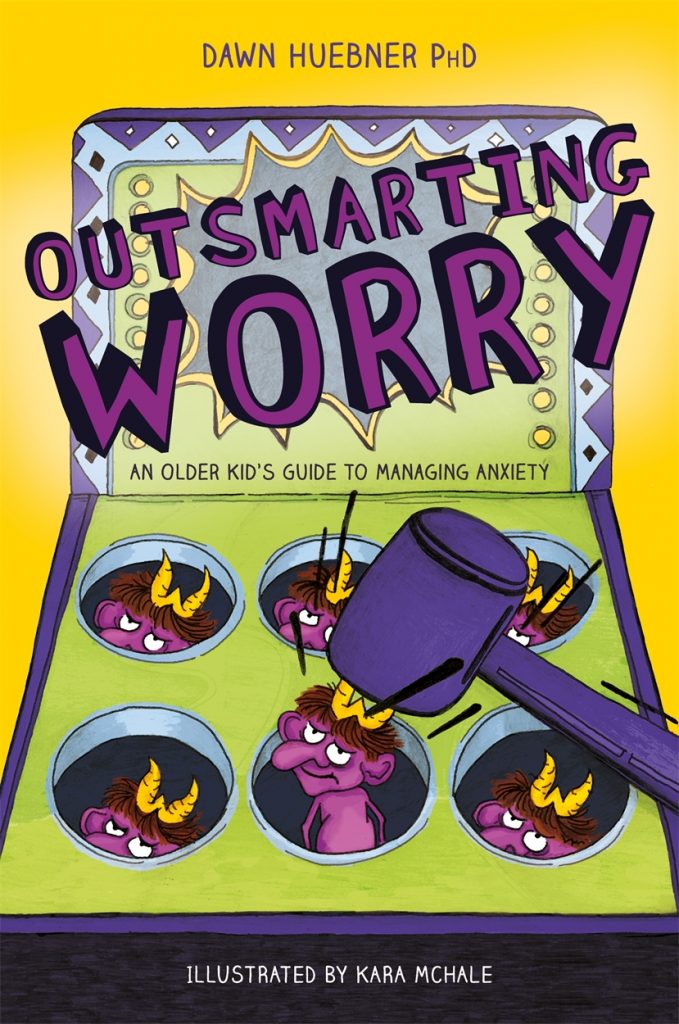
Outsmarting Worry by Dawn Huebner
is an easy to follow illustrated book from a best-selling author which presents strategies for 9-13 year olds with anxiety. It teaches them about a specific set of skills that makes it easier to face and overcome worries and fears, and normalizes their symptoms providing a set of concrete steps to overcome them. The tried and tested techniques are based on the most up-to-date psychological treatments of anxiety, including CBT and ACT. Learn More
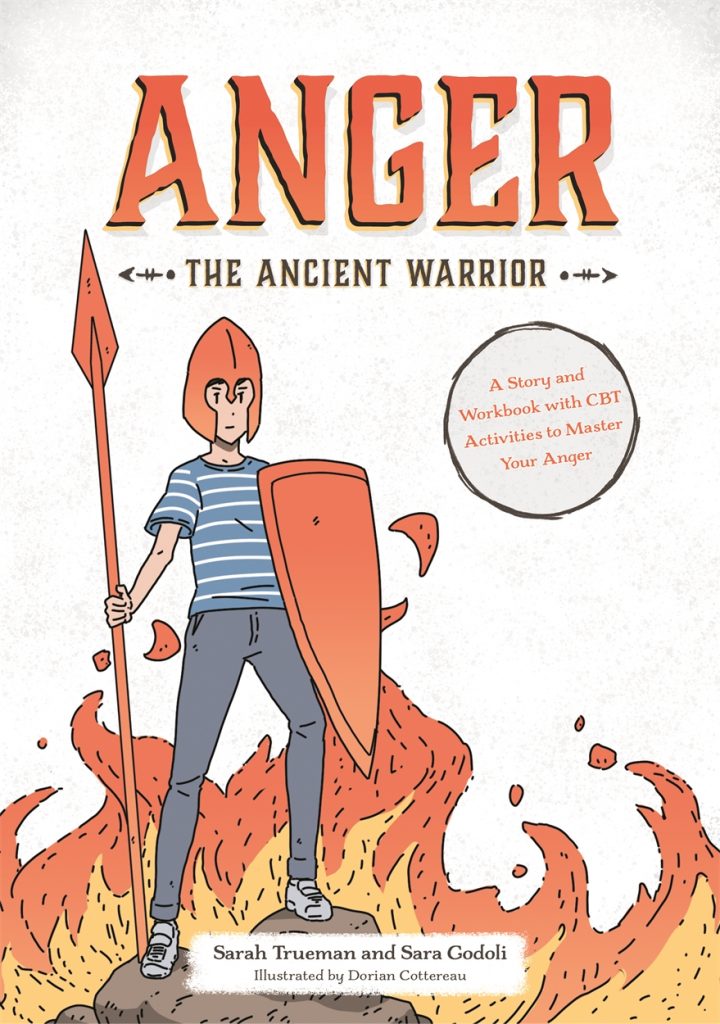
Anger the Ancient Warrior by Sarah Trueman and Sara Godoli shows children how to master their anger and stop it causing unnecessary pain. This story and workbook with CBT activities helps children aged 8-12 to understand their anger and teaches them how to live comfortably with it.
Learn More
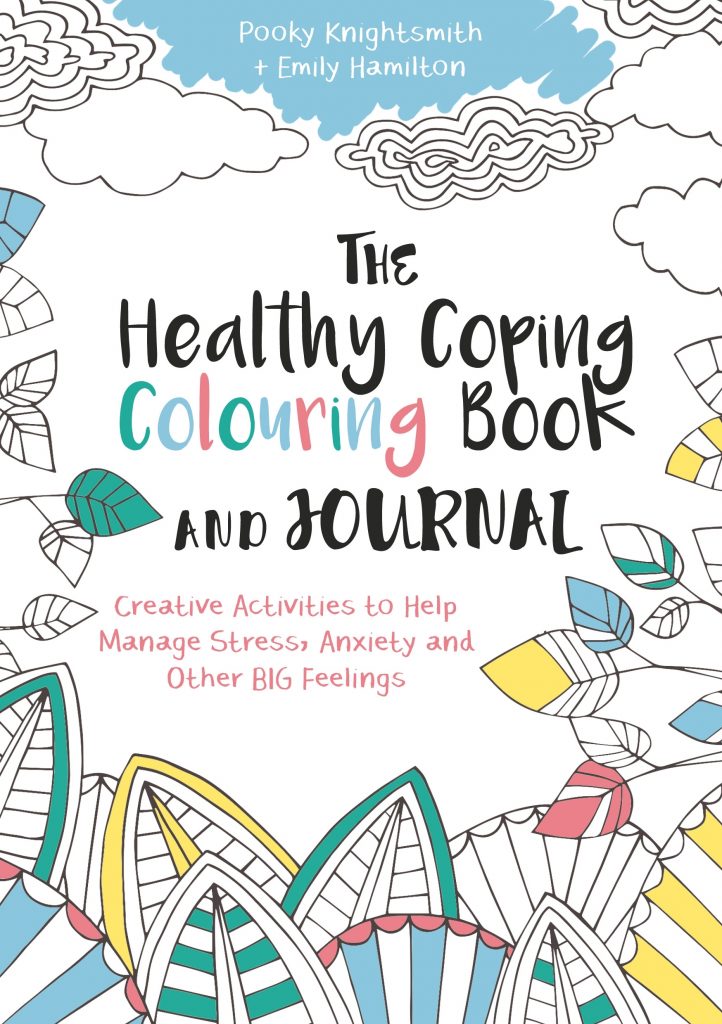
The Healthy Coping Colouring Book and Journal by Pooky Knightsmith is full of creative activities, this journal and colouring book aims to help young people aged 8-14 manage difficult thoughts, feelings and emotions such as anger and anxiety. It includes space to write and draw, colouring pages, inspirational quotes and poems, and provides a host of healthy coping strategies.
Learn More
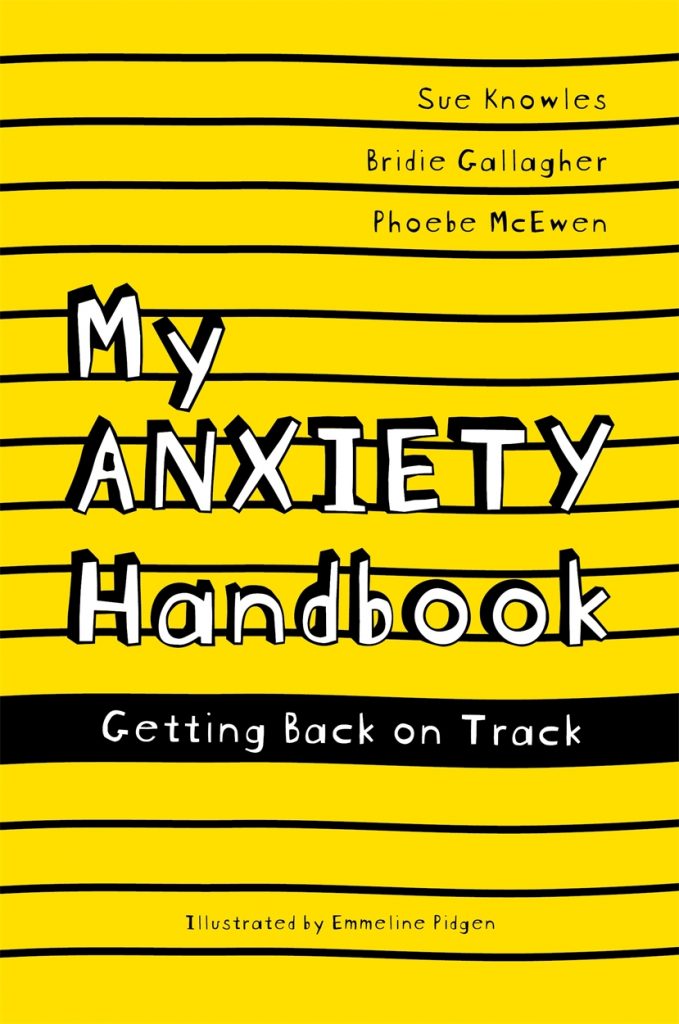
My Anxiety Handbook by Sue Knowles, Bridie Gallagher and Phoebe McEwen is an accessible, easy to use anxiety survival guide for young people aged 12-18. Co-authored by psychologists and a young person with anxiety, it looks at the causes of anxiety and offers tested methods and simple exercises to reduce the reader’s anxious feelings. Includes chapters on sleep, exams and transitions.
Learn More
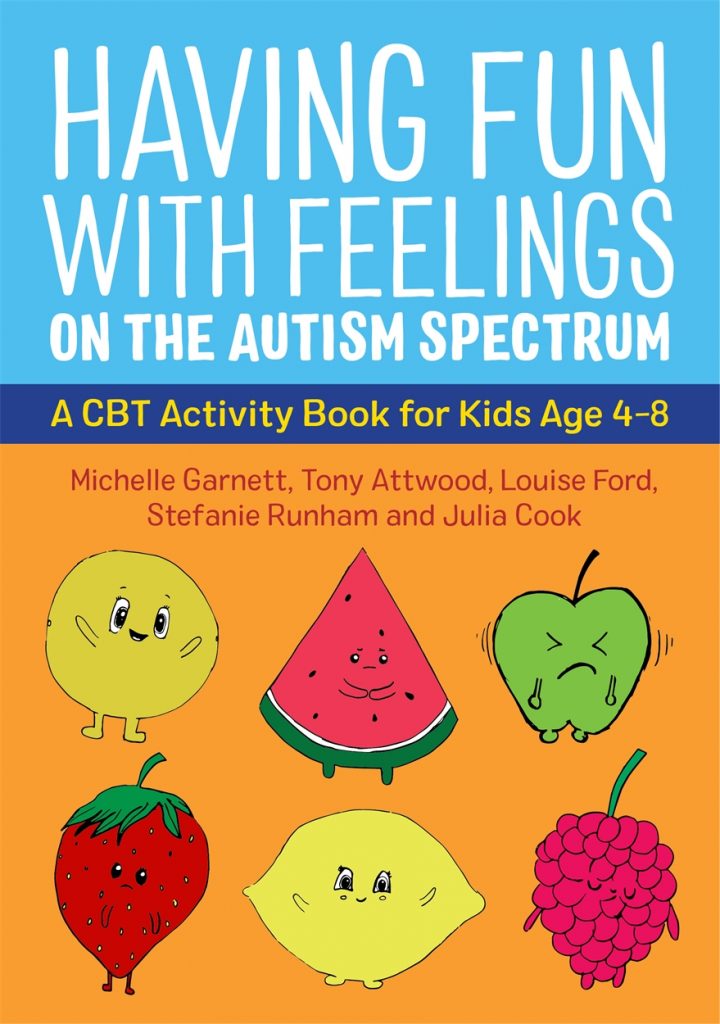
Having Fun with Feelings on the Autism Spectrum by Michelle Garnett, Tony Attwood, Louise Ford, Stefanie Runham and Julia Cook is designed to be used by children on the autism spectrum aged 4-8. The workbook introduces them to 6 ‘feelings’ characters who help them to recognise and express different emotions to reduce anxiety.
Learn More
This book is intended to be used with the accompanying guidebook, 10 Steps to Reducing Your Child’s Anxiety on the Autism Spectrum.
Catch-up resources for learners with SpLDs:
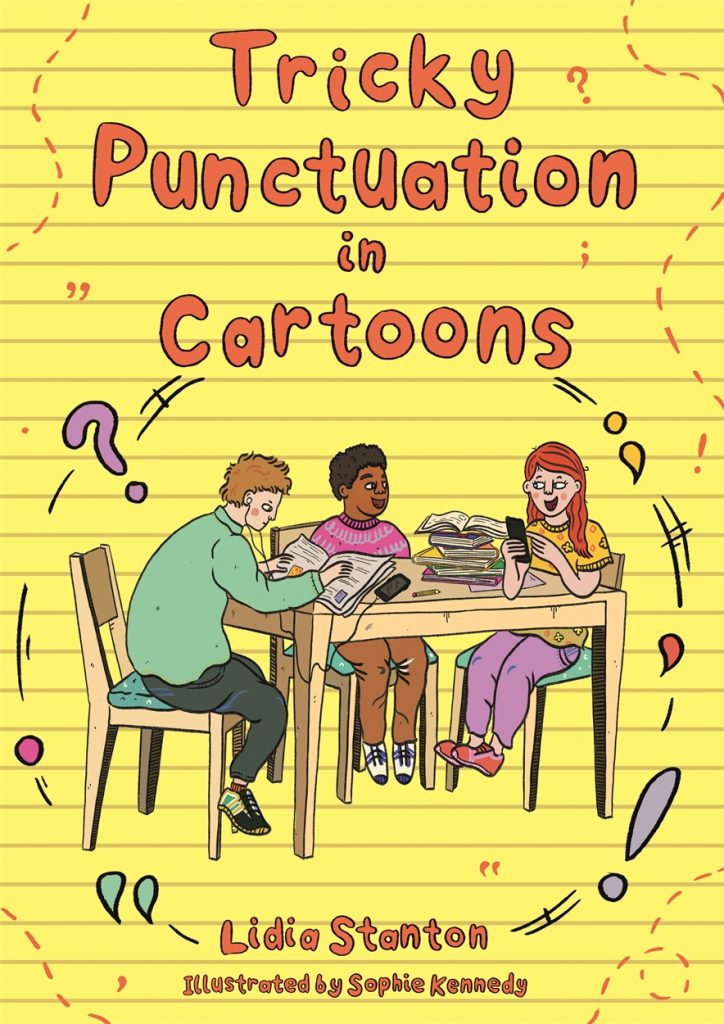
Tricky Punctuation in Cartoons by Lidia Stanton is an illustrated punctuation workbook that supports students with dyslexia, ADHD or other learning difficulties to develop punctuation skills via inquiry-based learning. The book encourages students to engage in active learning to make their own connections about tricky punctuation. It provides a wealth of fun ways to remember the required rules.
Learn More
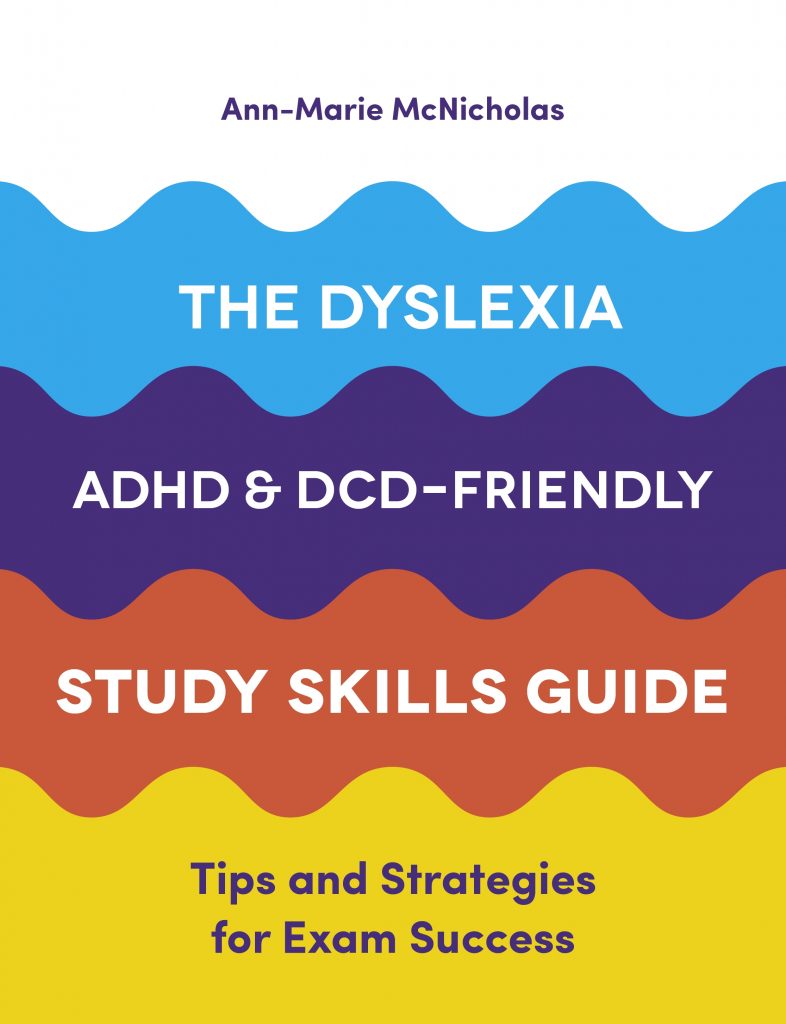
The Mental Health and Wellbeing Workout for Teens is an accessible, engaging how-to guide for building a personalised mental health ‘workout’. Includes tried and tested therapeutic techniques, simple strategies and healthy thinking habits teenagers can use to boost their mental health fitness and emotional wellbeing.
Learn More
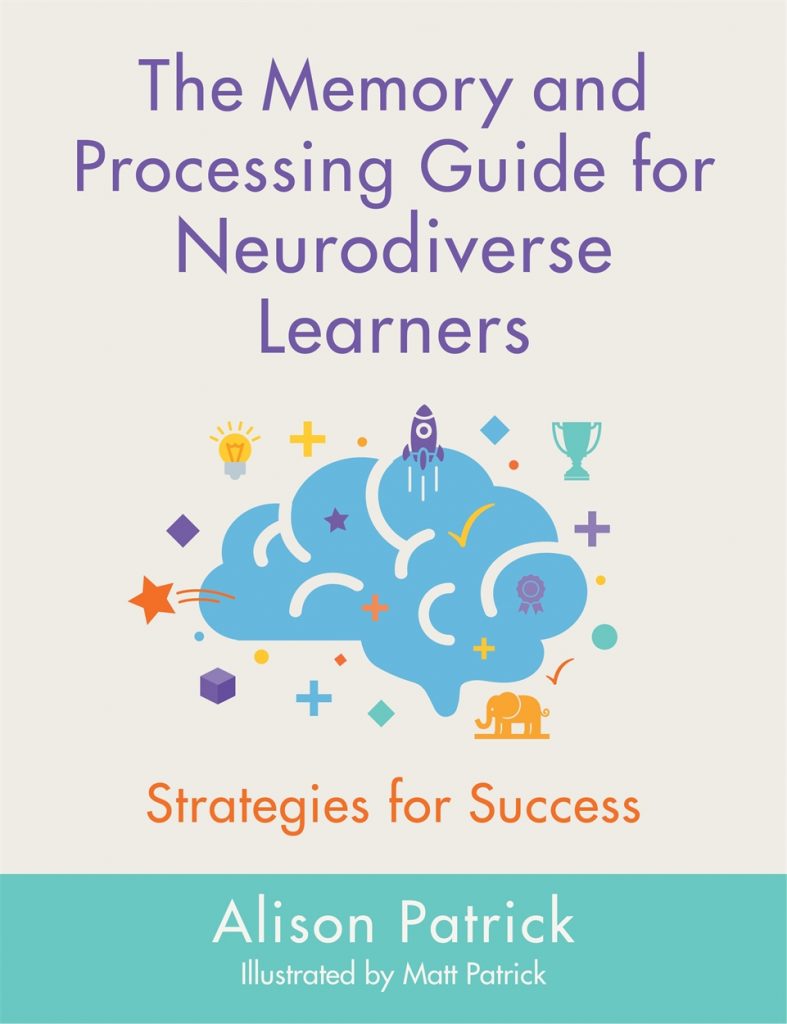
The Memory and Processing Guide for Neurodiverse Learners is a practical guide to support students who struggle with memory and processing, including those with dyslexia, dyspraxia, ADHD and ASD. This book, from an experienced teacher, provides theory on memory, processing and executive function, as well as many tried and tested handy revision strategies and techniques tailored to kids who think differently.
Learn More
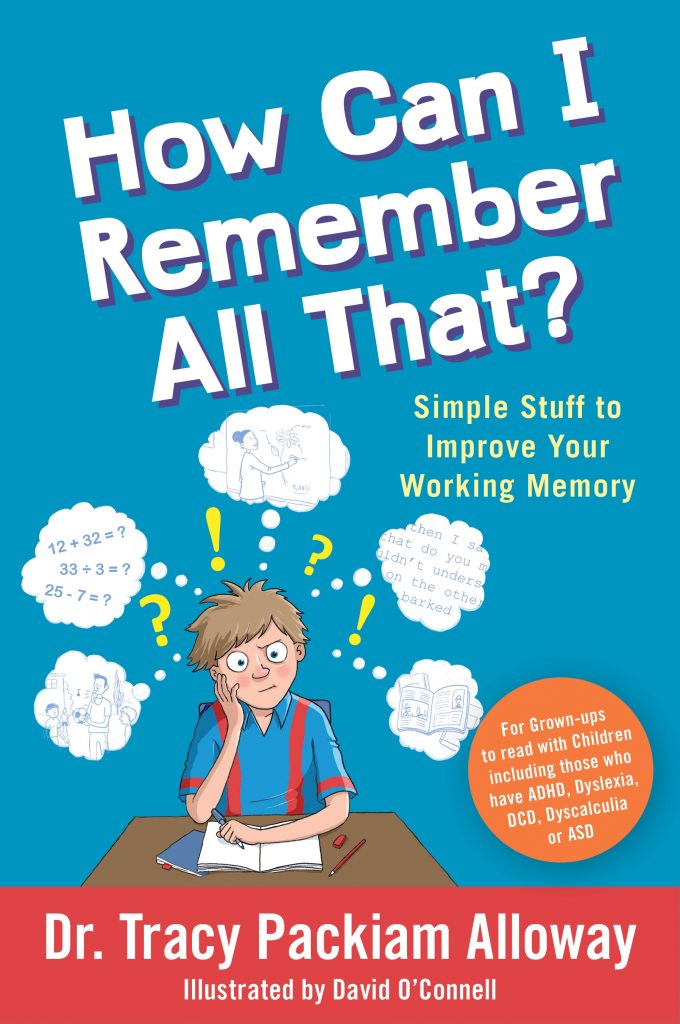
How Can I Remember All That? by Dr. Tracy Packiam Alloway is a child-friendly illustrated guide to what working memory is, what it feels like to have problems with your working memory, and what you can do about it. Offering easy to follow tips and strategies, this is the go-to book for kids aged 7+ to read with their parents or teachers, and includes a note for adults on testing for working memory issues.
Learn More
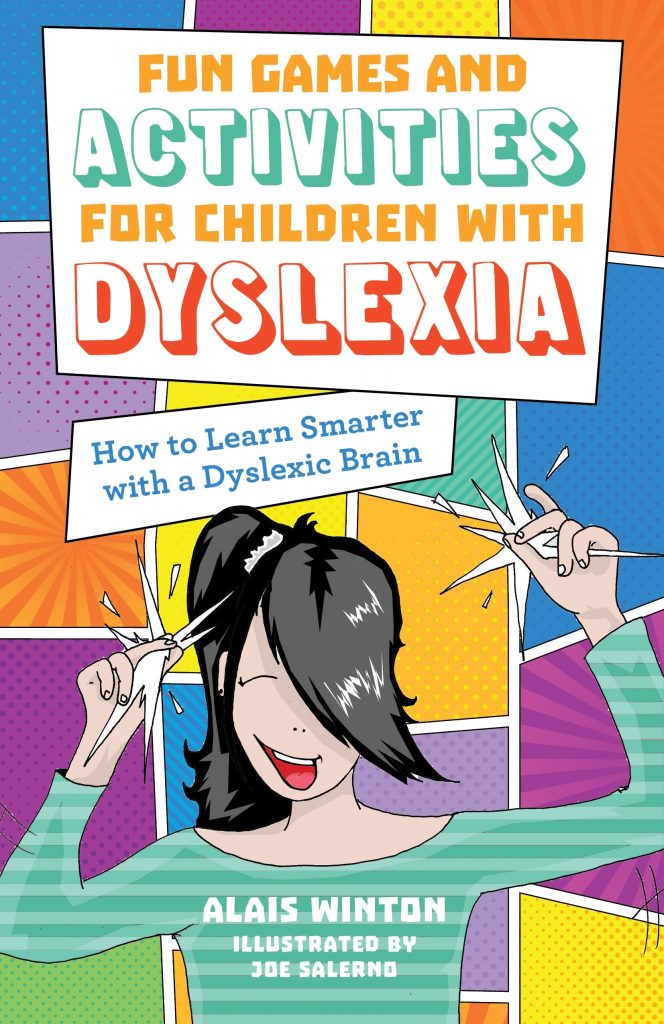
Fun Games and Activities for Children with Dyslexia by Alais Winton is a book full of fun, practical games and activities accompanied by charming cartoons for children aged 7 to 13 with dyslexia, making learning easy and entertaining. Written by a dyslexic tutor for dyslexic students, the tips are embedded in first-hand experience and will inspire and motivate any reader to aim high.
Learn More
For more tips on preparing children for school, read JKP authors, Bettina Hohnen and Jane Gilmour’s article in the Guardian here.
I’m extremely inspired together with your writing skills and also with the structure on your weblog. Is that this a paid subject matter or did you customize it your self? Either way stay up the excellent quality writing, it is rare to look a nice blog like this one nowadays.
Woah! I’m really digging the template/theme of this website. It’s simple, yet effective. A lot of times it’s difficult to get that “perfect balance” between superb usability and visual appearance. I must say you have done a fantastic job with this. Also, the blog loads super quick for me on Opera. Excellent Blog!
If you leave everything to the last minute you are creating anxiety in children and yourselves which is a recipe for disaster on the first day back and will take days or even weeks to pull back. A visual timetable can be priceless for reducing anxiety and enabling your kids to smoothly transition from holiday to school time.